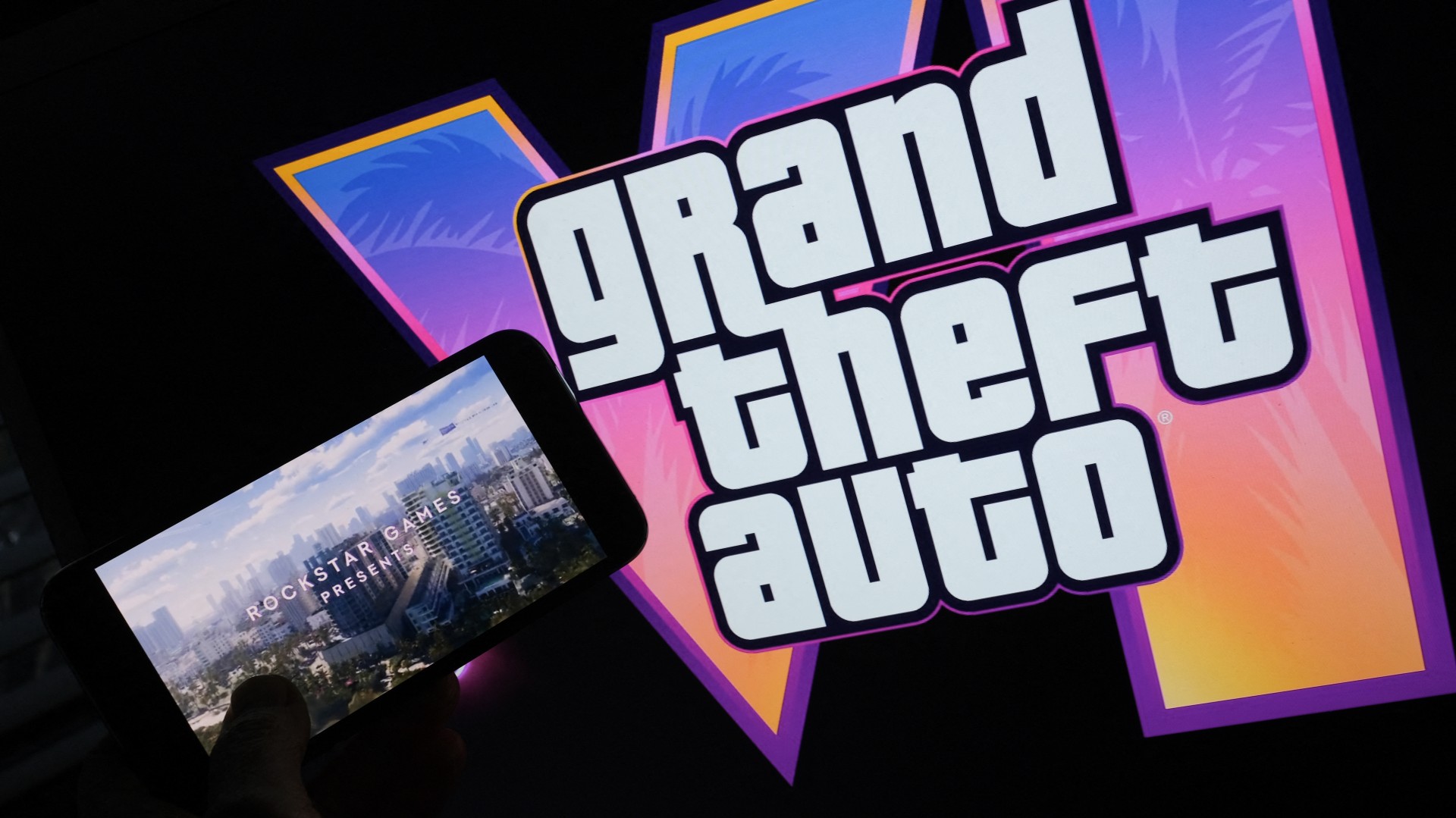A new Xbox Dev Kit was just certified in South Korea — could this be an Xbox "Pro?"
Could this be a new Pro version of the Xbox Series X or the handheld that's been rumored for so long?
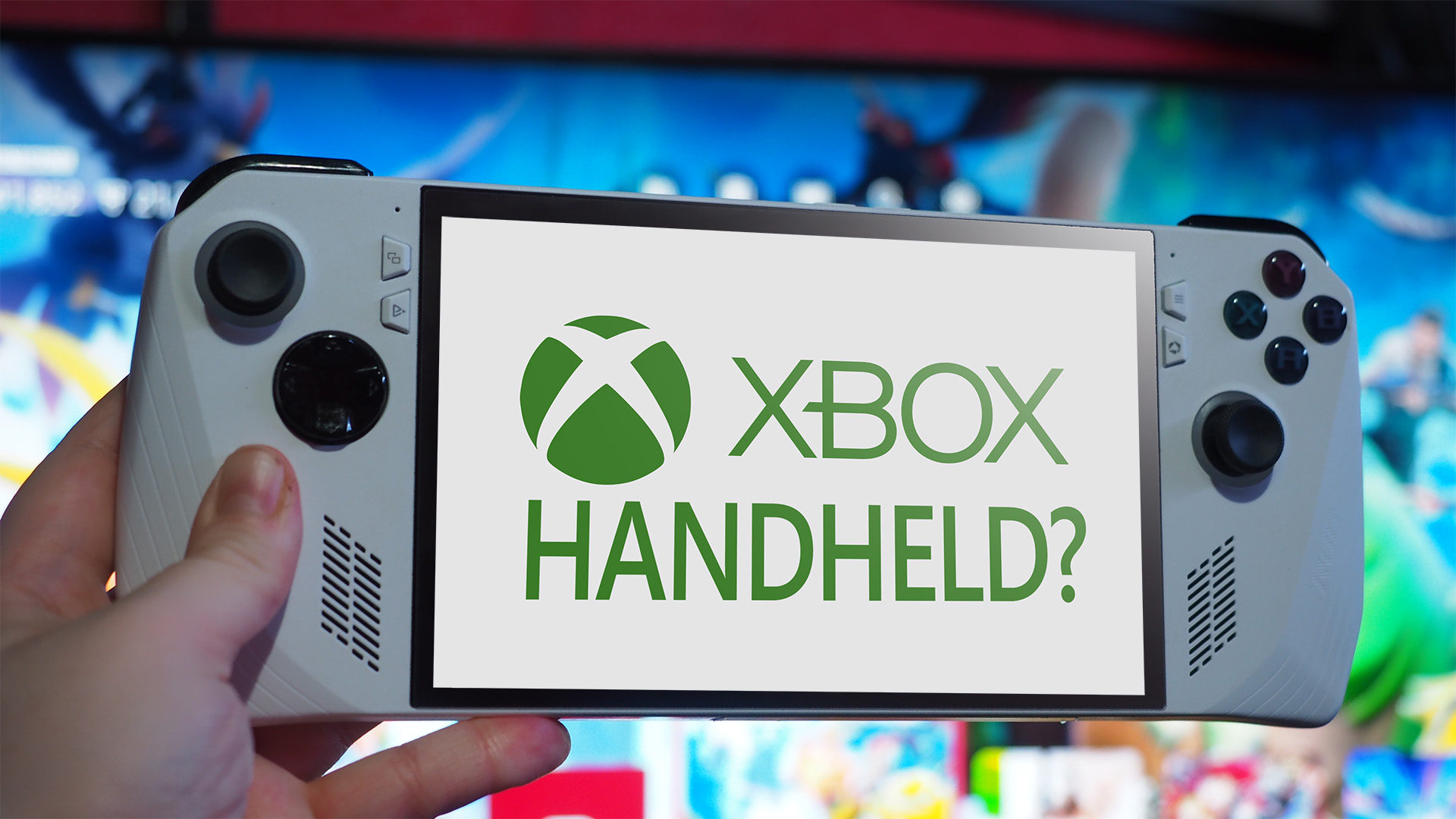
What you should know
- A new Xbox Developer Kit has passed the certification process in South Korea as of March 18.
- The National Radio Research Agency checks all electronic devices for use in Korea.
- This agency has previously checked the Xbox One X and the Xbox Series X|S.
- It's not known what this kit is for. It could be an Xbox handheld, all-digital Xbox Series X, Xbox Series Pro, or something else entirely.
The PlayStation 5 Pro has been the talk of the week for hardware. Various outlets reported specs for the rumored PS5 Pro, and a rumored investigation is taking place within Sony regarding how the leak occurred. It's been relatively quiet on the Xbox front — at least, until today. Now, we have our own speculations to make.
The Xbox News for Koreans site has spotted a new Xbox Developer Kit in South Korea. A screenshot posted to their Twitter shows that a new XDK has passed the Nation Radio Research Agency certification. Why is this a big deal, exactly?
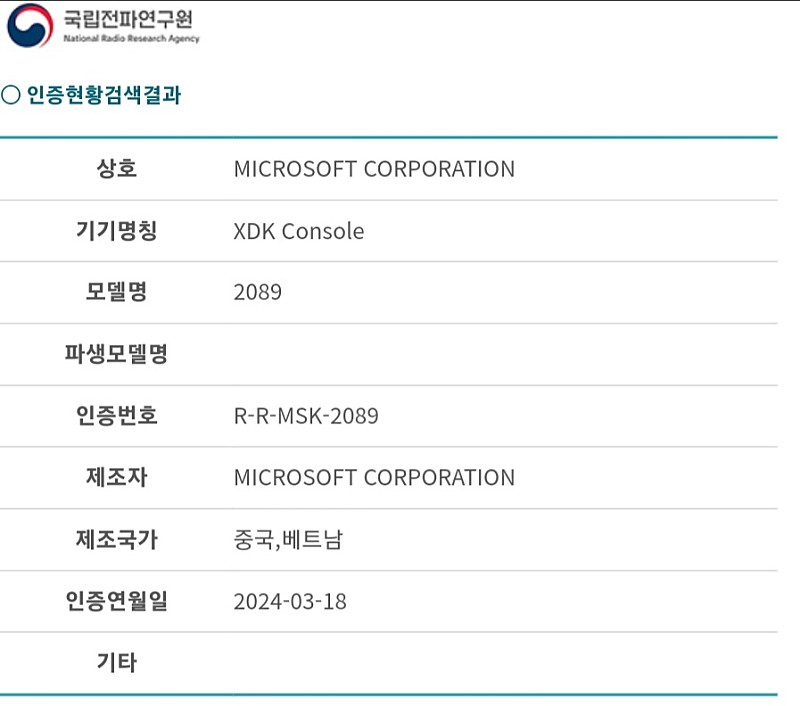
According to Xbox News for Koreans, all electronic devices must be certified by the National Radio Research Agency to determine they won't harm radio waves. Failure to have the device certified means it can't be used within the country. As a result, Xbox has passed at least three prior Xbox Developer Kits through the National Radio Research Agency. This included the Xbox One X and Xbox Series X|S.
You can independently verify this by checking out the National Radio Research Agency website. Switch to English using a translator if you're unfamiliar with Korean; search for the term "XDK Console."
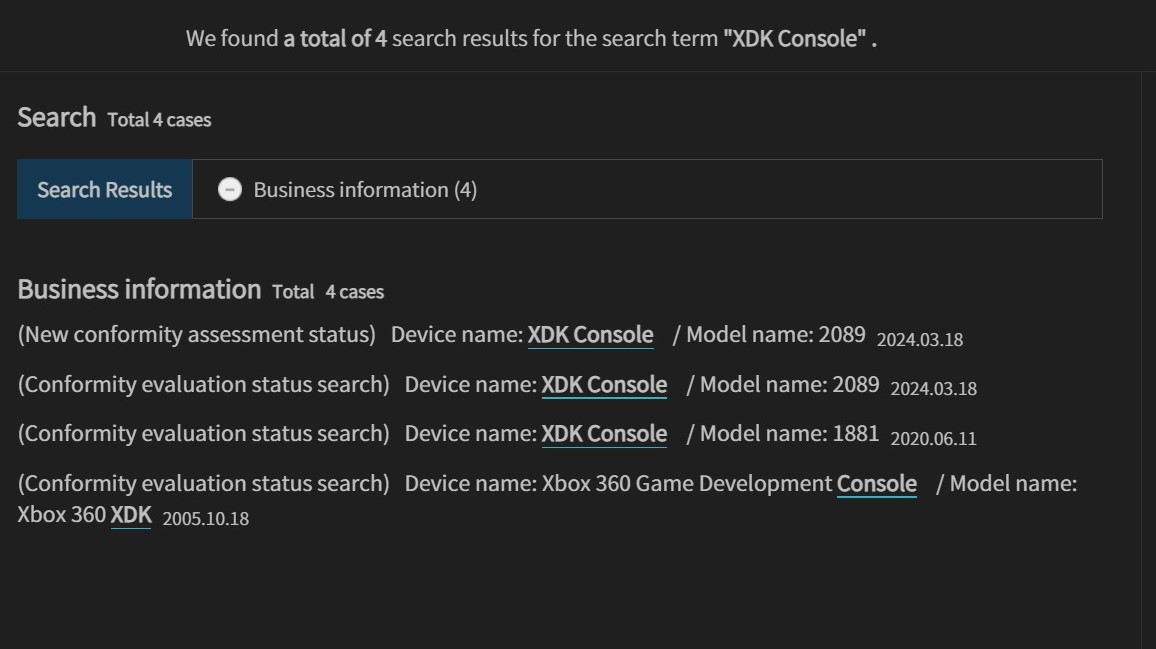
What this is can only be guessed. It could be any number of rumored projects in the works, like the Xbox handheld or all-digital Xbox Series X. Another possibility, while less plausible, is an Xbox Series Pro. Based on Sarah Bond's comments during their recent business update, it's not likely to be a next-gen console. As she mentioned, a new device will be shown this holiday, whereas a next-gen console will be available later.
I've seen many fans eager for an Xbox Pro on social media, joined by other fans who couldn't care less. The main argument is playing the all-power-consuming GTA 6 on a device capable of running it at 60 frames per second. In what many are guessing could be another genre-defining entry in the series, why wouldn't you want to play it on the best possible system? Especially since there's no current PC release.
I find myself somewhere in the middle. I get that players want more power; I do, too. Heck, that's why I play on my PC just as much as I do on my Xbox. However, I want some new technology behind it—I want a next-gen console.
Get the Windows Central Newsletter
All the latest news, reviews, and guides for Windows and Xbox diehards.
If rumors are to be believed—and they never should be entirely—the PS5 Pro is launching with a modified RDNA 3.0, not the RDNA 4.0 rumored to be releasing this fall with the new lineup of AMD cards. It's also using the same CPU with a 10% bump in clock speed.
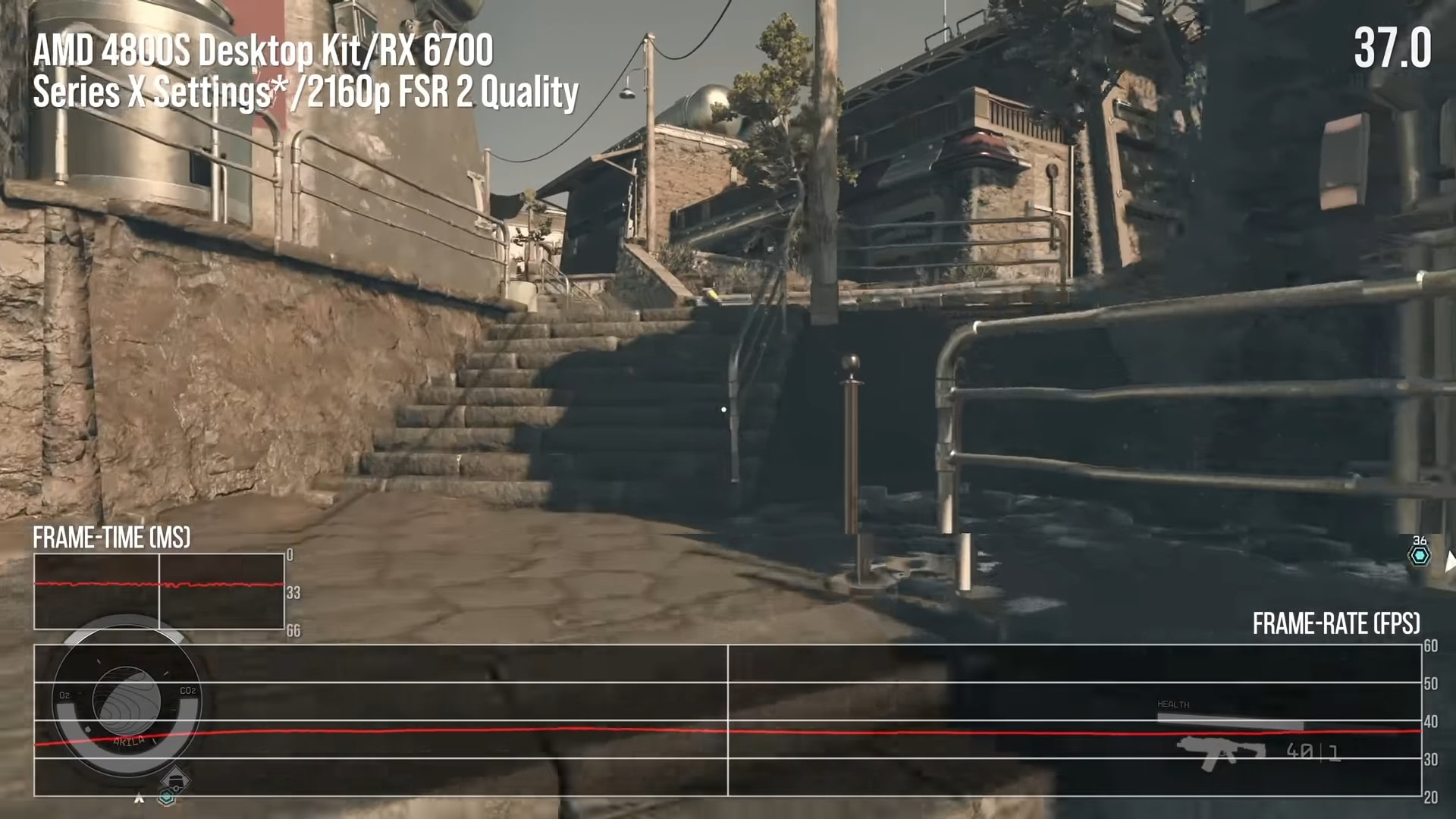
I want something that uses new technology, like the speculated use of AI upscaling Sony could be utilizing, called PSSR. I want Microsoft to use additional new tech like RDNA 4.0, their own AI upscaling, and, most importantly, an entirely new CPU. Open-world games like the upcoming GTA 6 and Starfield are CPU-hungry and demand a more suitable processor to run them. Even at low settings, a game like Star Citizen will fall well below 30 FPS in numerous areas on an AMD 3600, an equivalent CPU that powers the Xbox Series X|S, the rumored PlayStation 5 Pro, and PlayStation 5 console. If gamers want these gigantic open worlds to be playable at anything beyond 30 frames per second, they need a better CPU. Plain and simple. Something Digital Foundry has shown multiple times, most recently with Starfield.
If this ends up being a mid-gen refresh, I want it to be more capable. I want a proper reason to spend another $500 plus on some new-fangled device. That is unless that device is handheld (I would love one of those too!)
What about you? What do you think the device is? Let us know in the comments below or on our social media pages!

Michael has been gaming since he was five when his mother first bought a Super Nintendo from Blockbuster. Having written for a now-defunct website in the past, he's joined Windows Central as a contributor to spreading his 30+ years of love for gaming with everyone he can. His favorites include Red Dead Redemption, all the way to the controversial Dark Souls 2.
-
GraniteStateColin With near-perfect backward compatibility, the arguments against a tech update are diminished. But one big one remains: for customers who recently purchased an Xbox Series X|S, if a new system comes out that doesn't at least require a version of newly released games still run on those models (like the current requirements for Series X games to also run on Series S), they would rightly feel cheated.Reply
So, as long as all games still run on Series S and X, even if only at 30fps, then I see no reason not to do as big an update as possible.
Having said that, I think the easiest and most logical update is to focus on the terrible ray tracing capabilities inherent to the AMD GPU. It's not clear to me that even RDNA 4 will reach parity with Nvidia on ray tracing and path tracing, but AMD has said that's their focus. They've even said that raster performance may decrease between GPU generations in order to channel all improvements into ray tracing -- a smart compromise, if true. For me, ray tracing (and even more so path tracing) is far more visually compelling than the update from 1080p to 4K at any given framerate.
A new system that is functionally the same as the prior models but has the GPU to enable ray tracing/path tracing in games would be a solid mid-gen refresh. This would mean that the same games play identically (or nearly identically) on both, but look far better on the new model.
Doesn't help with this generation (assuming even games optimized for the new system will still need to run on Series X|S), but perhaps for next-gen, if GPUs are sufficiently performant to reliably provide path-tracing support for most games, that also becomes a HUGE time saver to developers who can eliminate all the time they spend (waste) baking in lighting tricks. I think we're still a few years from this, but the first generation of consoles with graphics capabilities at this level will allow game devs to start thinking this way. That's the next big leap in gaming, because it will be like a huge gift to every dev team (eliminating all that time spent on fake lighting tricks).
